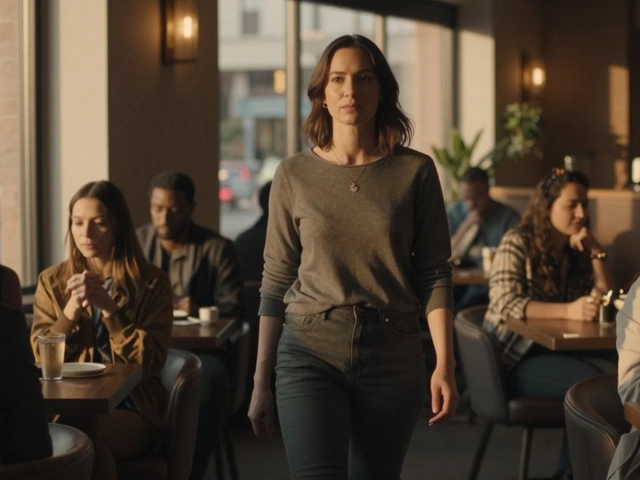Google Maps Tips for North Bristol Mountain Bikers
If you love hitting the trails around North Bristol, Google Maps can be your best sidekick. It’s not just for city directions – you can plot off‑road routes, save offline maps, and avoid getting lost on a technical descent. Let’s walk through the basics you need to make Google Maps work for your bike rides.
Plotting the perfect trail
Start by opening the app and switching to "Satellite" view. The green patches show woodlands and the dark lines are footpaths that often double as bike tracks. Tap a point on the map where you want to start, then tap the end point. Google will suggest a route – drag the blue line to stick to trails you prefer, like the Chew Valley Loop or the Henleaze Forest tracks. When you’re happy, hit "Save" and give the route a name like "Saturday Crank Session".
Want to experiment with multiple options? Duplicate the saved route, tweak the line, and compare elevation profiles. The app shows a tiny graph at the bottom; higher spikes mean steeper climbs. Pick the route that matches your fitness level or the challenge you’re after.
Offline maps and battery savings
Heading out on a cloudy day? Download the map area before you leave. In the menu, select "Offline maps" > "Select your own map" and draw a box around North Bristol. Once saved, you’ll have full navigation even without a signal, and the app will use far less battery than live GPS.
Turn off the "Location history" and "Google Assistant" prompts while you ride. Those background services drain power quickly. Just keep the basic GPS tracking on – it’s enough for turn‑by‑turn directions and real‑time speed stats.
Another handy trick is to enable "Driving mode" and then manually select the bike icon. This tells Google to favor bike‑friendly paths instead of roads meant for cars. It also reduces the chance of being routed onto a busy street where you’d rather ride the trail.
Remember to check the trail conditions first. A quick search for the trail name on the app will pull up recent photos and user comments. If someone posted a rockfall or a muddy section, you can adjust your plan before you even start pedalling.
For group rides, share the saved route with friends by tapping "Share" and choosing the app you all use – WhatsApp, Messenger, or even a quick email. Everyone gets the same navigation, so you stay together even when the path splits.
Finally, use the "Measure distance" tool to gauge how far a new loop will be. Just tap the ruler icon, click start and end points, and Google Maps shows the exact mileage. It’s perfect for planning a ride that fits your available time.
Combine these tips with a quick bike check – tire pressure, brake function, and a stocked snack pack – and you’ll spend less time fiddling with the phone and more time enjoying North Bristol’s hills. Google Maps won’t replace a dedicated bike GPS, but it’s free, reliable, and easy to set up for any casual rider.
So next time you’re eyeing a new trail, pull up Google Maps, sketch your route, download it, and head out with confidence. Happy riding!
What is the key for the bicycle route markings on Google Maps?
Google Maps has recently added a feature that helps cyclists identify the best bike routes to take. The feature uses green dotted lines to mark the most bike-friendly roads and paths, and blue dashed lines to indicate less bike-friendly routes. The green lines are typically the most direct route, and the blue lines are usually roads and paths with more traffic. Additionally, solid green lines indicate routes that have dedicated bike lanes, while a green line with an arrow indicates a route with a one-way bike lane. This feature helps cyclists identify the safest and most direct routes to take, making it easier to plan a bike ride.



